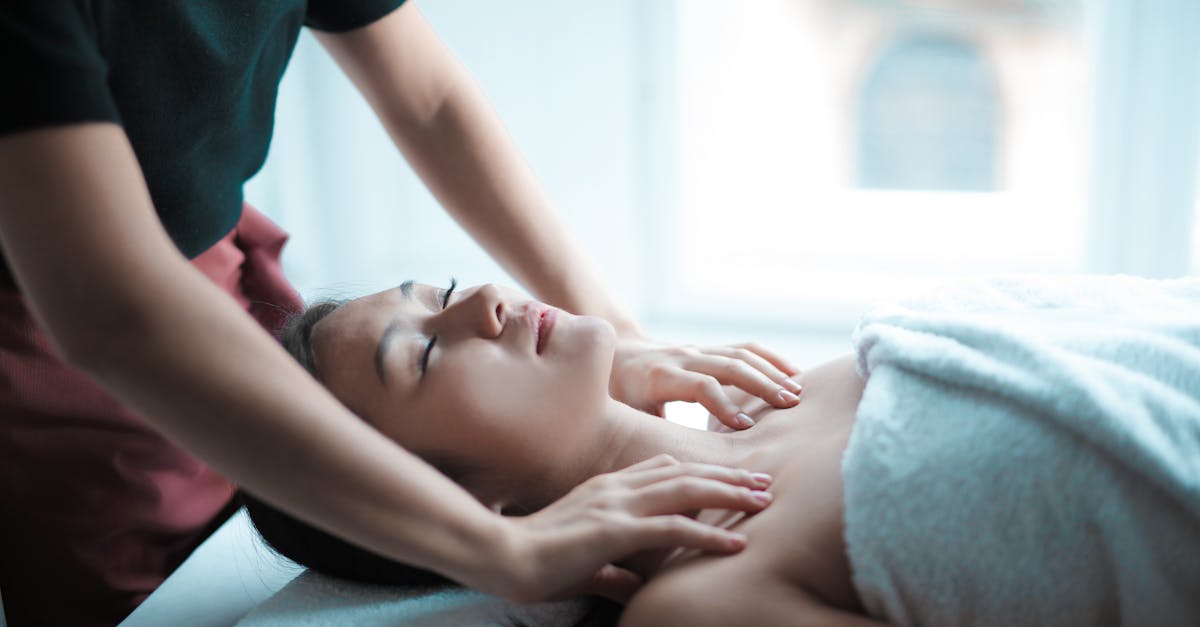
Step-by-Step Guide to a Professional Oxygen Facial
Choosing the Right Professional
When selecting a professional to perform an oxygen facial, it is crucial to consider their qualifications and experience in the field. Look for an esthetician who is licensed and certified to ensure that they have received proper training in administering facial treatments. Additionally, it is beneficial to choose a professional who has a good reputation and positive reviews from previous clients.
Another important factor to consider when choosing the right professional for an oxygen facial is the cleanliness and hygiene practices of the facility where the treatment will be performed. Make sure that the esthetician follows all necessary hygiene protocols and uses clean tools and equipment during the facial. By selecting a qualified and experienced professional who upholds high standards of cleanliness, you can ensure a safe and effective oxygen facial experience.
What Qualifications to Look for in an Esthetician
Before booking an appointment for an oxygen facial, it is crucial to ensure that the esthetician performing the treatment is properly qualified. Look for an esthetician who has obtained the necessary credentials and certifications from a reputable institution. A licensed esthetician will have completed extensive training in skincare, facial treatments, and safety protocols, ensuring a higher level of expertise.
Additionally, consider the esthetician's experience in administering oxygen facials specifically. Inquire about how long they have been providing this treatment and ask to see before-and-after photos of previous clients. An experienced esthetician will have a solid understanding of different skin types, concerns, and how to customize the oxygen facial to suit individual needs. By selecting a qualified and experienced professional, you can feel more confident in the safety and effectiveness of your oxygen facial procedure.
Potential Side Effects
Potential side effects of oxygen facials are generally minimal, but it's important to be aware of the possible outcomes. Some individuals may experience redness or slight irritation immediately after the treatment, which usually subsides quickly. In rare cases, individuals with sensitive skin may experience a mild allergic reaction to the products used during the facial, resulting in itching or discomfort. It's advisable to consult with your esthetician beforehand if you have any concerns about potential reactions.
Another potential side effect of oxygen facials is dryness, especially for individuals with already dry skin. The increased oxygen flow to the skin during the facial may lead to temporary dryness for some individuals. To mitigate this effect, it's important to follow up the facial with a good moisturizer to rehydrate the skin. Overall, while there are some potential side effects associated with oxygen facials, they are typically mild and short-lived, with most individuals experiencing positive results from the treatment.
Are There Any Risks Associated with Oxygen Facials?
While oxygen facials are generally considered safe, there are some potential risks associated with this treatment. One risk is skin irritation or redness, especially for those with sensitive skin. The high-pressure stream of oxygen and products used during the facial may cause temporary discomfort or inflammation in some individuals.
Another possible risk of oxygen facials is the introduction of bacteria into the skin. If the equipment or products used are not properly sanitized, there is a risk of developing infections or breakouts post-treatment. It is crucial to ensure that the esthetician performing the facial follows strict hygiene protocols to minimize this risk.
Alternatives to Oxygen Facials
Apart from oxygen facials, there are several alternative facial treatments available that cater to different skin types and concerns. One popular alternative is the microdermabrasion facial, which exfoliates the skin using tiny crystals to remove dead skin cells, revealing smoother and brighter skin underneath. This treatment is effective in addressing skin imperfections such as fine lines, uneven skin tone, and mild acne scars.
Another alternative to oxygen facials is the chemical peel treatment, which involves applying a chemical solution to the skin to exfoliate and improve its appearance. Chemical peels can help to reduce hyperpigmentation, acne, and signs of aging by promoting skin cell turnover and regeneration. It is essential to consult with a skincare professional to determine the most suitable facial treatment based on your skin concerns and goals.
What are Some Other Popular Facial Treatments?
Facial treatments offer a wide range of options to address various skin concerns and achieve a healthy complexion. One popular alternative to oxygen facials is the classic facial, which typically involves cleansing, exfoliating, extracting impurities, and hydrating the skin. This versatile treatment can be customized to target specific skin issues such as acne, dryness, or signs of aging.
Another sought-after facial treatment is the chemical peel, which involves applying a solution to the skin to exfoliate the outer layers and reveal smoother, more radiant skin underneath. Chemical peels can help improve skin texture, diminish fine lines, and reduce the appearance of dark spots or acne scars. It is essential to consult with a skincare professional to determine the most suitable facial treatment based on individual skin needs and concerns.
FAQS
What is an oxygen facial?
An oxygen facial is a skincare treatment that involves spraying highly concentrated oxygen molecules directly onto the skin to help improve its overall health and appearance.
How does an oxygen facial benefit the skin?
Oxygen facials help to increase collagen production, promote skin cell regeneration, and improve circulation, resulting in a more youthful and radiant complexion.
Is an oxygen facial suitable for all skin types?
Yes, oxygen facials are suitable for all skin types, including sensitive skin, as they are gentle and non-irritating.
How often should I get an oxygen facial?
It is recommended to get an oxygen facial every 4-6 weeks to maintain optimal results and keep the skin looking healthy and rejuvenated.
Are there any contraindications for getting an oxygen facial?
Individuals with certain medical conditions, such as asthma or respiratory issues, should consult with a healthcare professional before getting an oxygen facial to ensure it is safe for them.
Related Links
Oxygen Facials vs. Traditional Facials: A ComparisonOxygen Facials: A Non-Invasive Solution for Healthy Skin